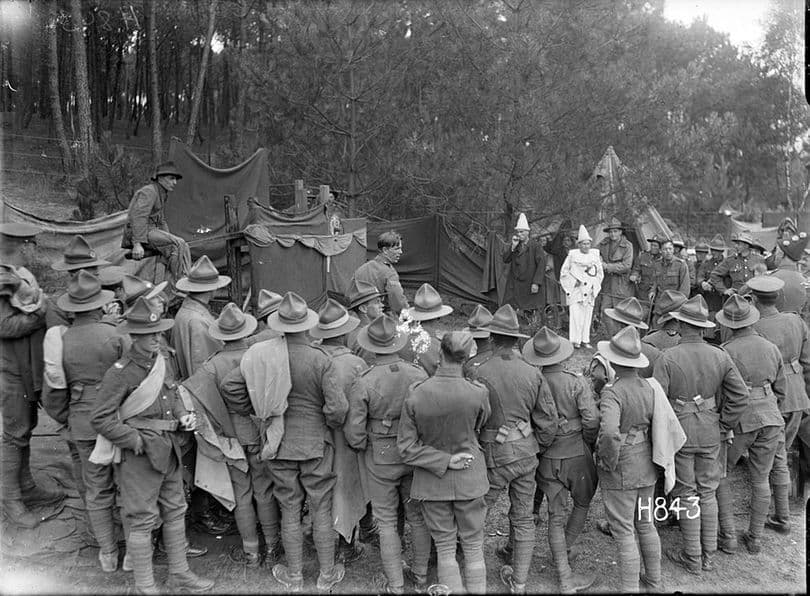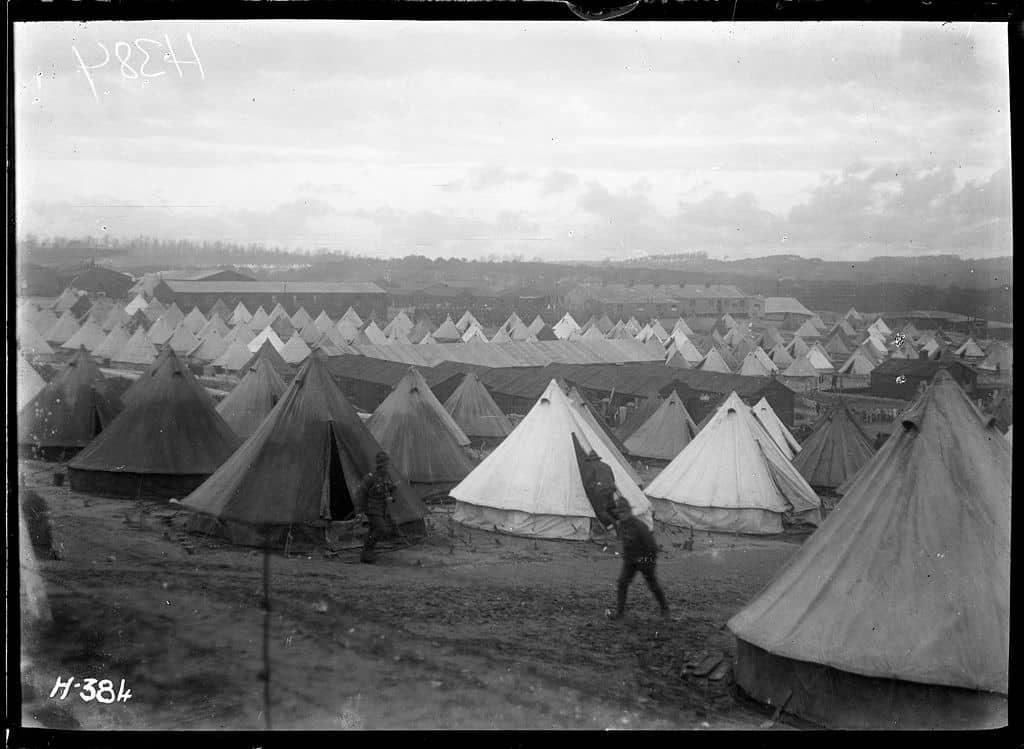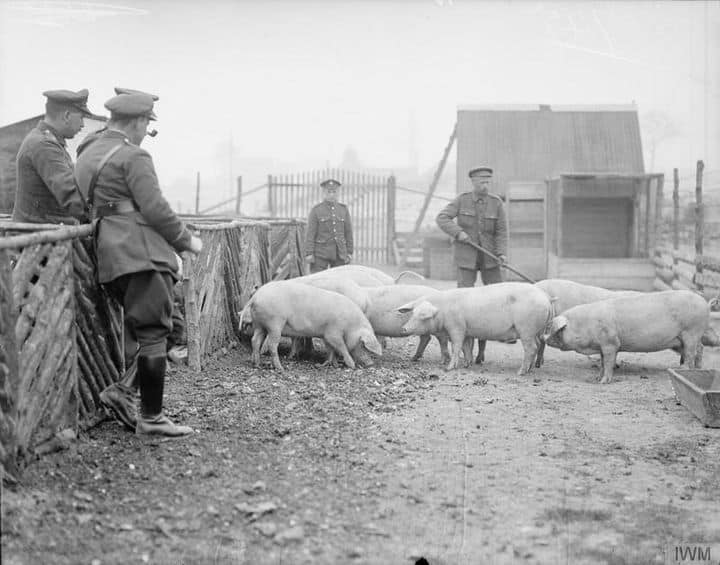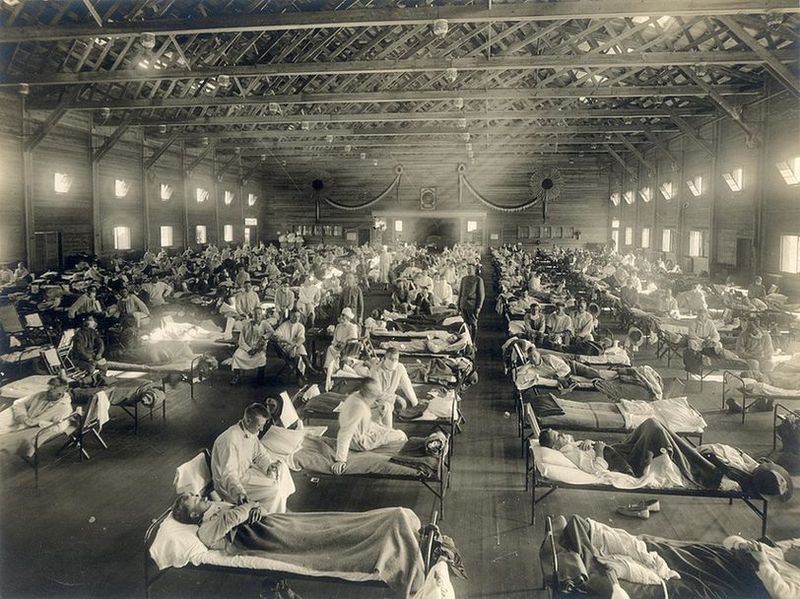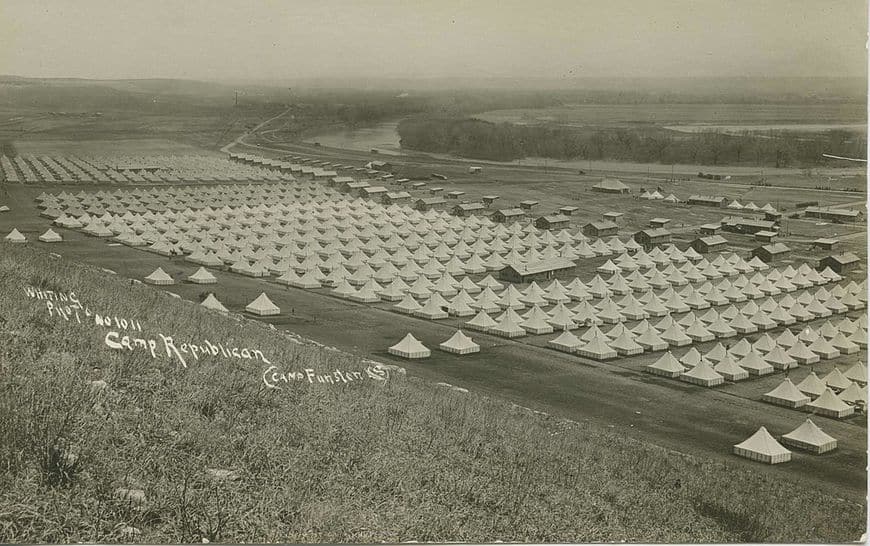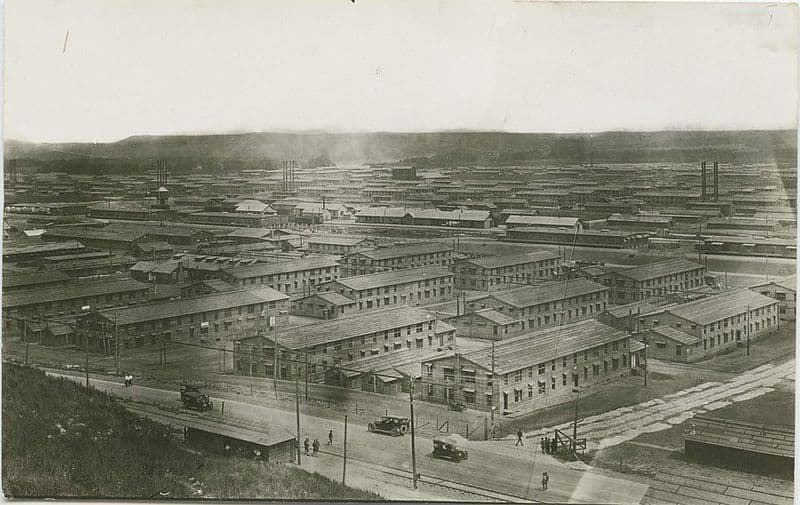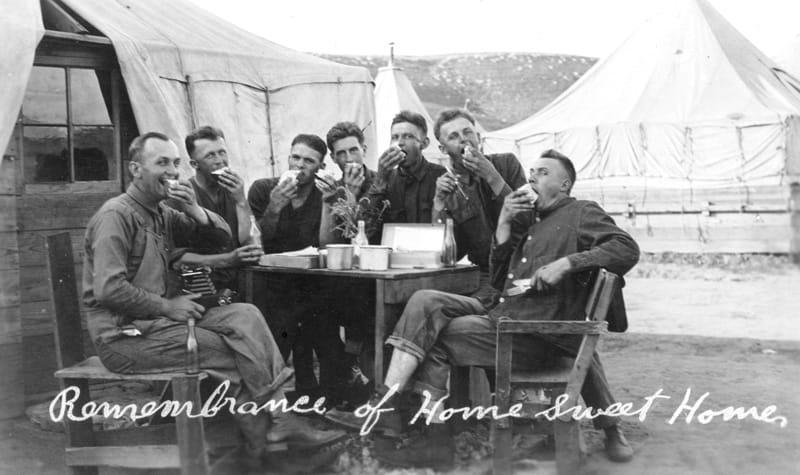Spain has the dubious honor of having the Spanish flu named after her. After all, this flu was the deadliest pandemic in history. It killed between 50 and 100 million people. But was Spain really the place of origin of the pandemic? Or has she snatched the name from worthier contenders?
She snatched it. According to researchers, the “Spanish” flu probably originated in France, the U.S., or China.
So the Spanish flu is not actually Spanish?
Sorry, but no. The Spanish were simply the ones that reported the existence of the epidemic.
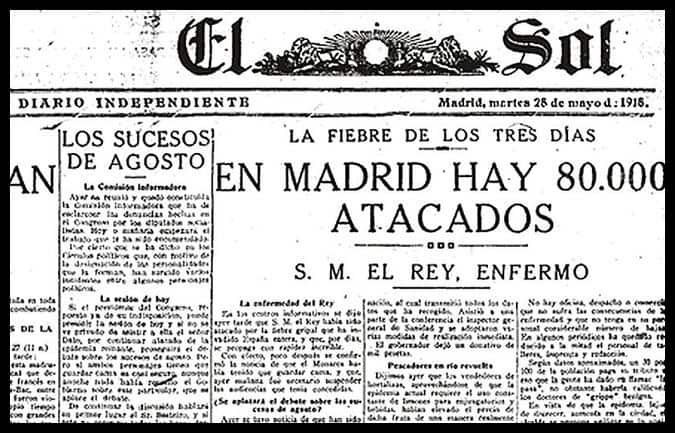
Most countries of the world were at war in 1918.
And, like often happens during wartime, the warring states had enforced a media blackout. It was designed to keep up the morale of the troops and the citizens.
Hence, in most of the world, the newspapers were unable to report that a flu epidemic was ravaging their cities.
But Spain was neutral.
So when in May 1918 the flu hit their land, the press reported it widely and with mounting alarm.
Then, a few days later, on May 28, the Spanish king Alfonso XIII fell ill with this plague (he survived). And the shocking news of the epidemic reached other European nations.
Since ‘the rest of the world’ had no news of their own flu epidemics, and they first read of it via the Spanish press, they believed it had begun there. So they nicknamed it “Spanish flu.”
The Spaniards, on their part, called it the “French flu,” which is, as we will soon see, more accurate. They also mockingly called it “the Neapolitan soldier,” which was the title of a popular song that was very catchy… just like the flu.
When the flu reached Spain in May 1918, it had been circulating in neighboring France and in the U.S. for at least two months.
Theory 1: the Spanish flu came from China

France and the UK had a shortage of manpower during the last years of the war. So China -who favored the Allies- sent 140,000 laborers to Europe. They arrived between 1916 and 1918 and worked in factories, dug trenches, built roads, etc.
And, according to some researchers, these workers would have brought the disease to Europe. They sustain there was a flu outbreak in the Chinese villages along the Great Wall in late 1917.
And it is a fact that upon arrival in Europe, 3,000 Chinese workers fell ill.
But other researchers have turned down this hypothesis, pointing out that:
1) the workers from that area arrived in Europe in January 1918. And smaller flu outbreaks were reported in France before that, as far back as 1916.
2) the Chinese allies disembarked in western Canada. They crossed the whole span of the country by train and embarked on Canada’s eastern shore towards Europe. All that traveling took several weeks. Yet, there was no flu outbreak in Canada.
3) the places in Europe where the Chinese fell ill already had flu outbreaks. That points to them not bringing the flu, but getting it in Europe.
Plus, the current (semi) consensus is that the respiratory outbreaks along the Wall were flare-ups of seasonal influenza. And that they were not connected with the pandemic.
So much for a Chinese origin of the Spanish flu. Our apologies China, but it does not seem like the pandemic will be named after you after all.
Theory 2: the Spanish flu began in France
France was one of the epicenters of the war, where the Allied troops and the Germans collided.
At any given time, 2 million people from all over the world were in France helping in the conflict. They came from Australia, New Zealand, Canada, South Africa, India, China, Fiji, the West Indies…
Due to the overcrowding and the poor sanitary conditions of war, plenty of diseases were circulating there. The soldiers had ‘trench-fever’ caused by lice, flus, typhus, tuberculosis, and malaria.
And the deadly N1H1 virus, aka the Spanish flu, was surely present in France by March 1918.
But was the Spanish flu present in France even before?
There were several outbreaks of a deadly influenza in late 1916 and early 1917 on French soil.
Private Walter Scott was a British soldier serving in northern France. In January 1917, he reported to the military hospital with a “chilly sensation, headache, general pains, dry cough, and slight sore throat.” Four weeks later, the otherwise healthy 33-year-old was dead.
According to the medical report, he had cyanosis, that is, he turned blue for lack of air; and died of pneumonia. The cause of death listed in the report was influenza.
Interestingly, cyanosis was going to be common the following year during the Spanish flu outbreak.
Plus, the soldier was 33, an unusual age to die from the common flu, but an age over-targeted by the Spanish flu.
Many of private Scott’s young comrades died from this flu in Etaples, France, in 1917.
The renowned medical journal The Lancet published a paper, in July 1917, about the outbreak. It said soldiers were dying of “purulent bronchitis” in southern England and northern France.
Many researchers think those episodes were not seasonal influenza. And that they were caused by an early version of the virus, which later mutated and unleashed the full-blown Spanish flu epidemic.
So the Spanish flu would have originated in France.
More evidence for a French origin: pigs and mutations
The trenches in northern France were bombarded with mustard gas. And that gas causes mutations.
Furthermore, there were pigs and other farm animals at the camp in Etaples. And scientists believe the Spanish flu virus circulated in either pigs or birds before it infected humans.
So, thanks to the mutagenic gas, the pig virus would have mutated and jumped to humans. Then it would have mutated again, becoming the Spanish flu strand.
And with that, Etaples rests its case.
Theory 3: the Spanish flu originated in the U.S.
The first recorded case -that it is certain was- of Spanish flu comes from a military training camp in Kansas: Camp Funston.
When the U.S. entered the war in 1917, it built 32 huge camps in its territory to train soldiers.
Camp Funston had 50,000 trainees.
One of them reported ill to the infirmary on March 4, 1918.
Hours later, a hundred more trainees were sick. Two weeks later, 1,100 were in hospital with the flu, and thousands more were sick in their barracks.
From there, the virus rapidly spread to other military camps.
And that March, 84,000 U.S. soldiers were deployed overseas… to France.
In April, 118,000 more U.S. soldiers arrived in France. In total, the U.S. sent more than 2 million men to Europe.
That much is a fact. Whether the virus circulated in the States before that is more controversial.
The Spanish flu from Haskell, Kansas, to the world
Historian John Barry has tracked a previous severe outbreak of influenza in Kansas. It began in January 1918, a few months before the outbreak in the military camps. And it hit the inhabitants of Haskell County.
The local doctor, Loring Miner, was alarmed enough to report the situation to the Public Health Services.
He had many patients suffering a swift and intense flu which led to pneumonia.
Haskell’s newspaper, The Santa Fe Monitor, read:
“Mrs. Eva Van Alstine is sick with pneumonia (…) Ralph Lindeman is still quite sick (…). Homer Moody has been reported quite sick (…) Pete Hesser’s three children have pneumonia (…). Ralph Mc-Connell has been quite sick this week (…) Mertin (…) is sick with pneumonia (…). Most everybody over the country is having (…) pneumonia.”
And according to Barry’s investigation, several young men of that flu-stricken town were recruited to serve in the Army.
The recruits were sent to… Camp Funston. A few days after they arrived, the camp’s doctors recorded the outbreak of the Spanish Flu.
That makes a pretty compelling case for Kansas as the origin place of the Spanish flu.
And nowadays, the U.S. origin theory is the one with the most supporters in the scientific world.
Yet, a few researchers have noted that a deadly flu was already circulating in New York City during the first months of 1918 (but was it the Spanish flu?). So they concede the flu was present in Kansas in early 1918 but do not think the outbreak began there.
Read next: What Did The Most Famous Romans Look Like?
Geneticists weigh-in: the Spanish flu began in the U.S.
Scientists that study the evolution of viruses also think the so-called Spanish flu originated in the U.S.
Due to its genetic make-up, they argue, it probably originated in the Western Hemisphere, and probably in North America.
They also believe the virus had been circulating for two or three years in North America before it mutated and exploded in 1918.
More Articles
